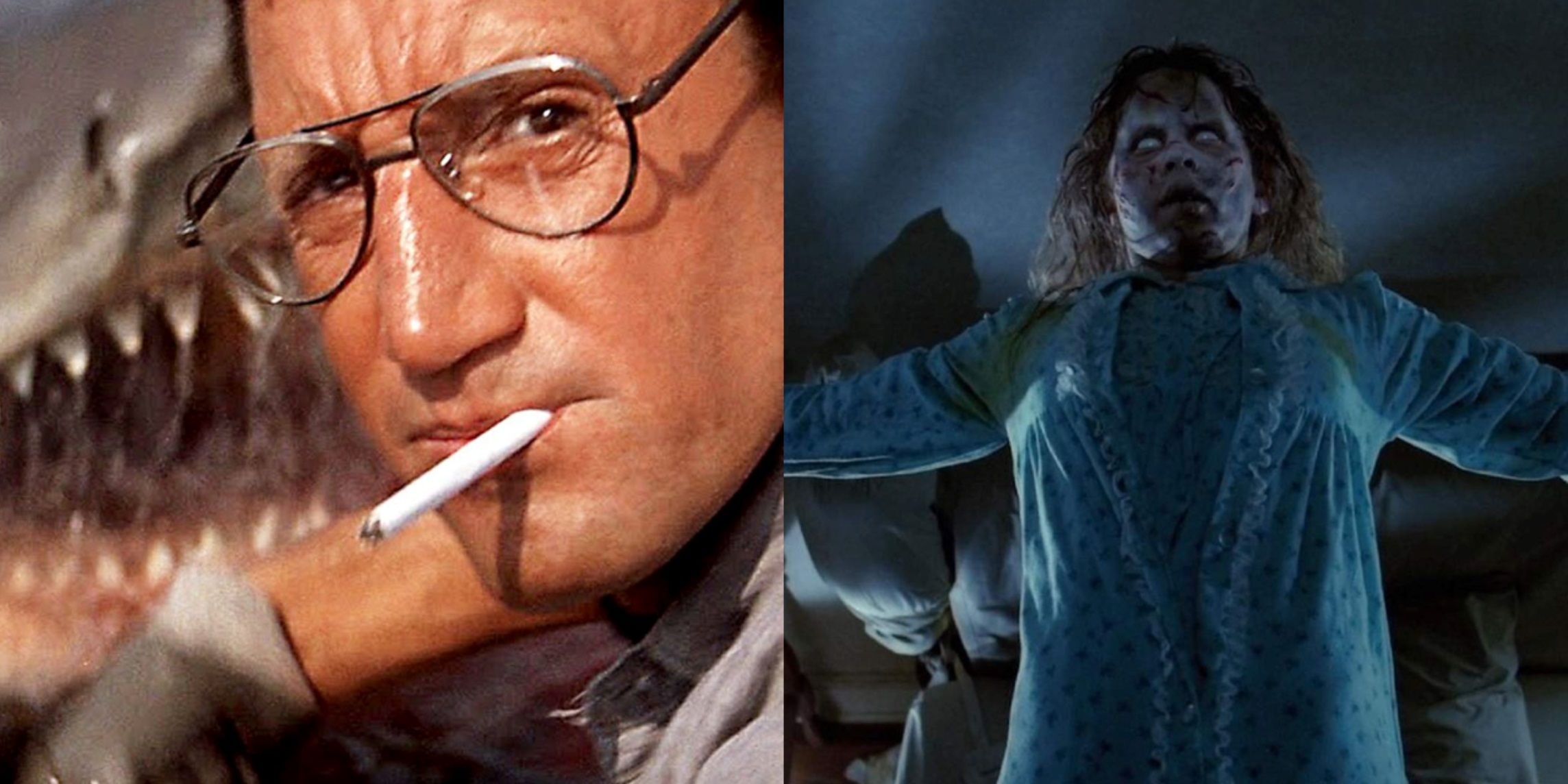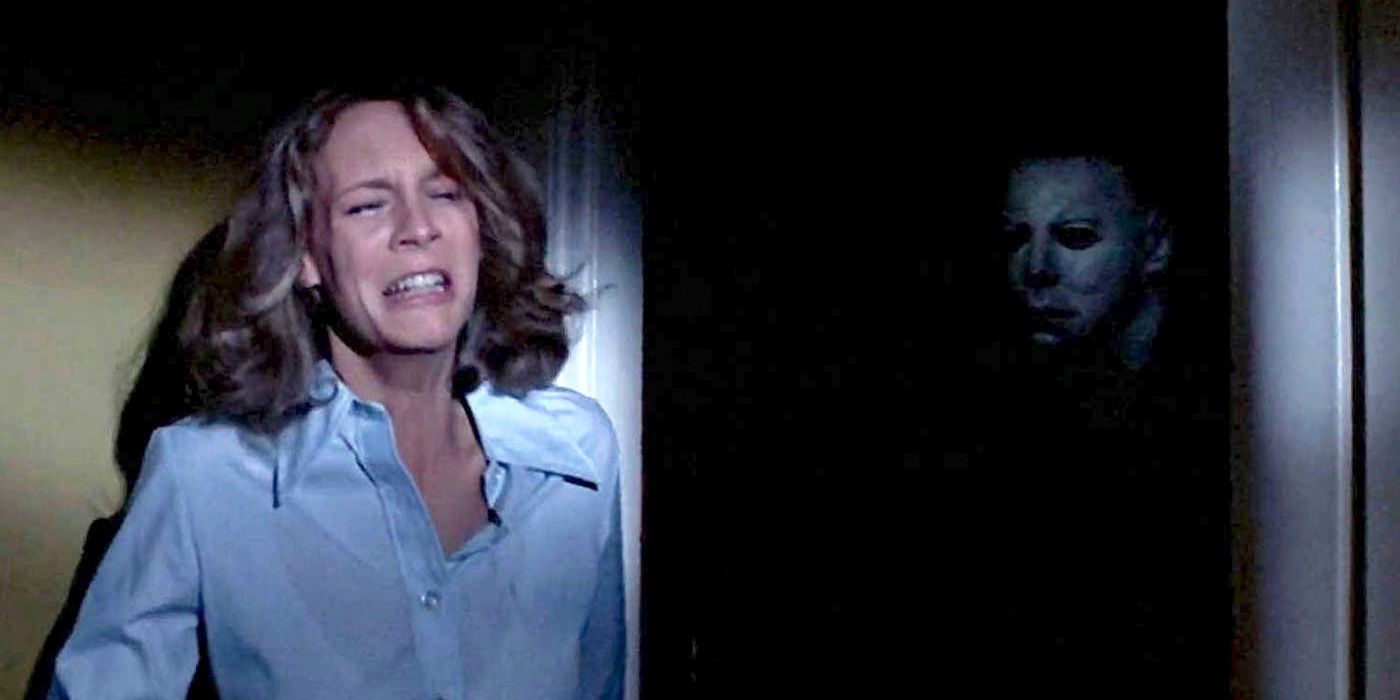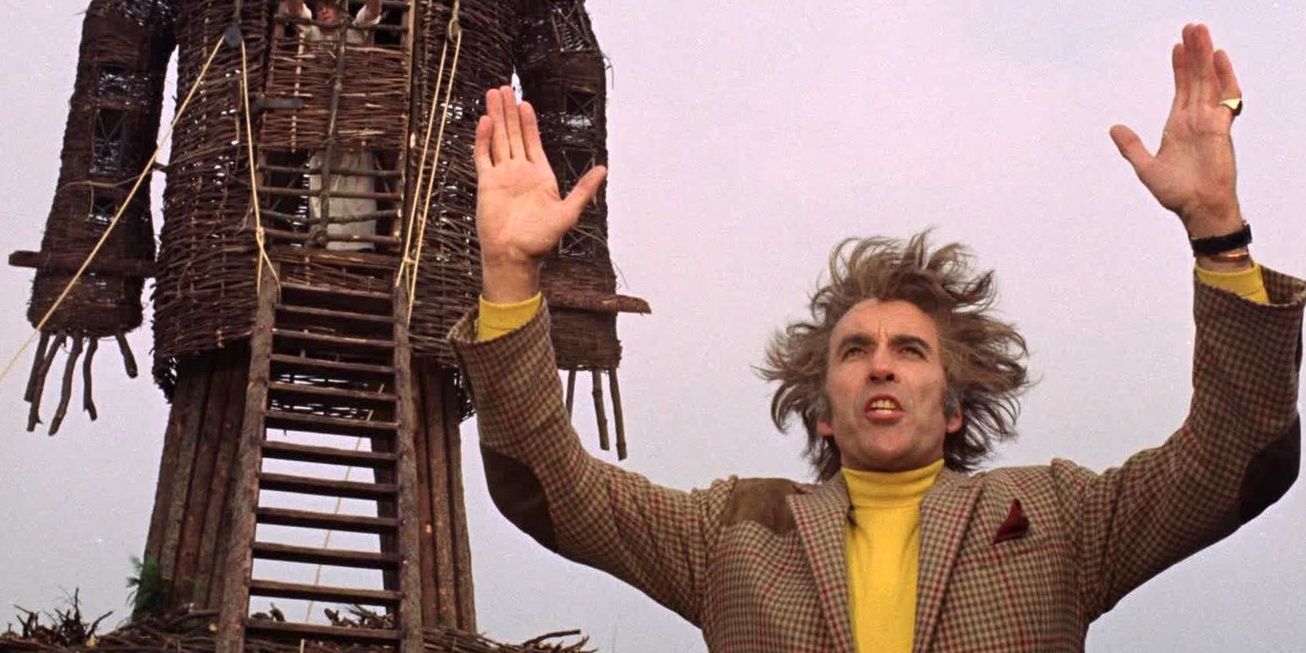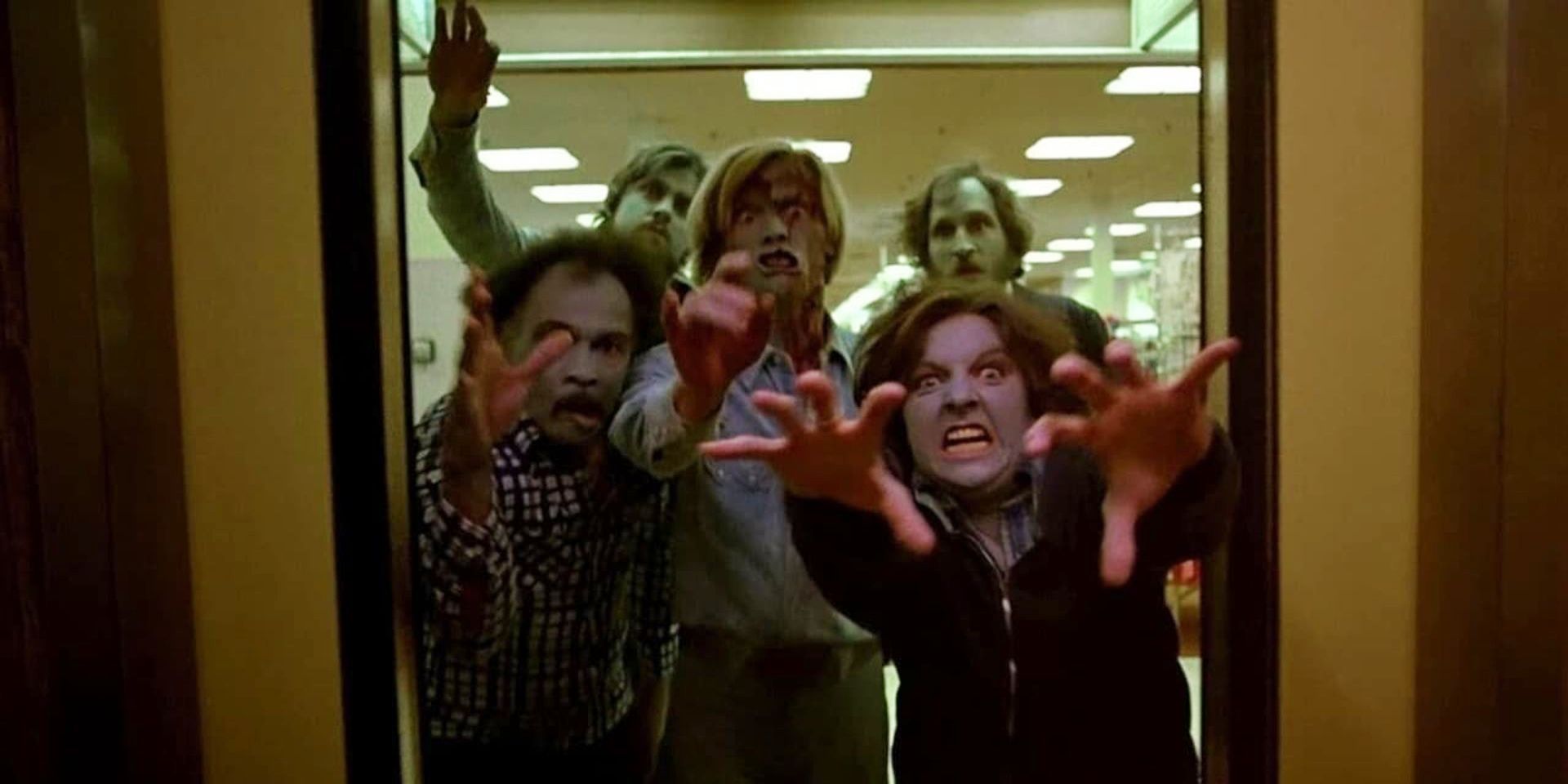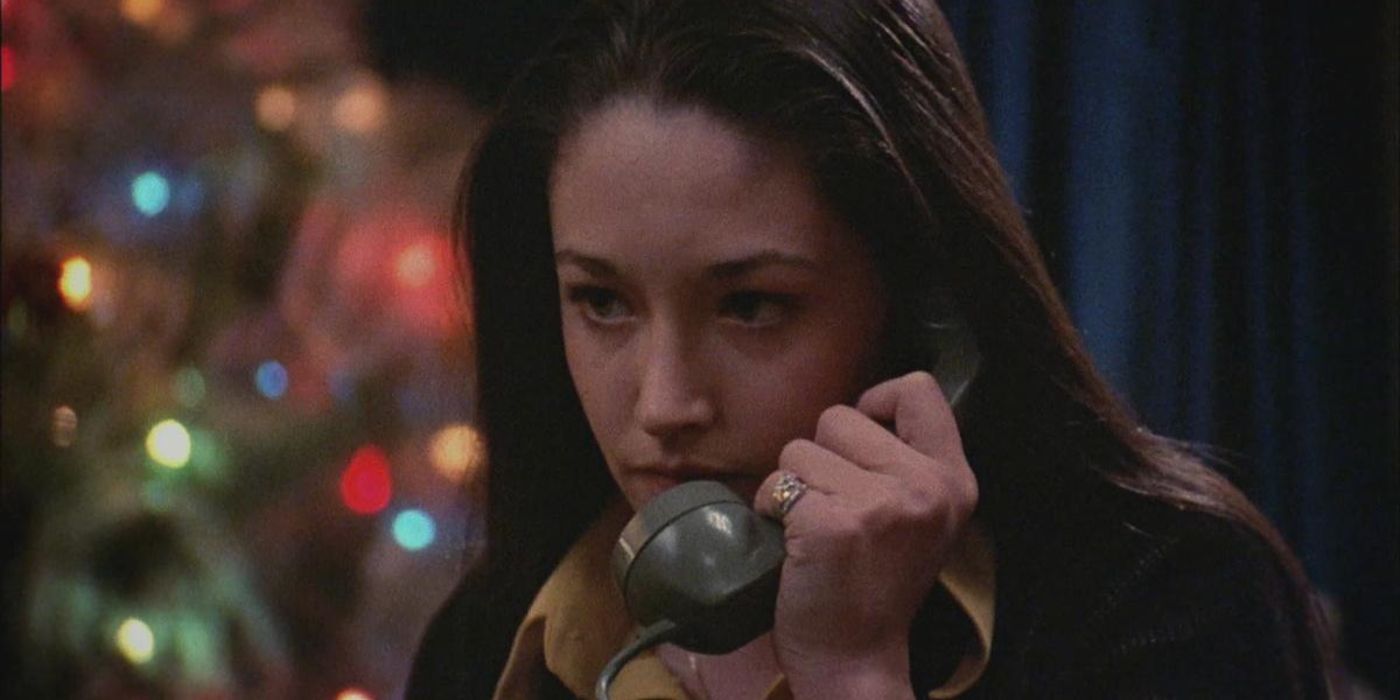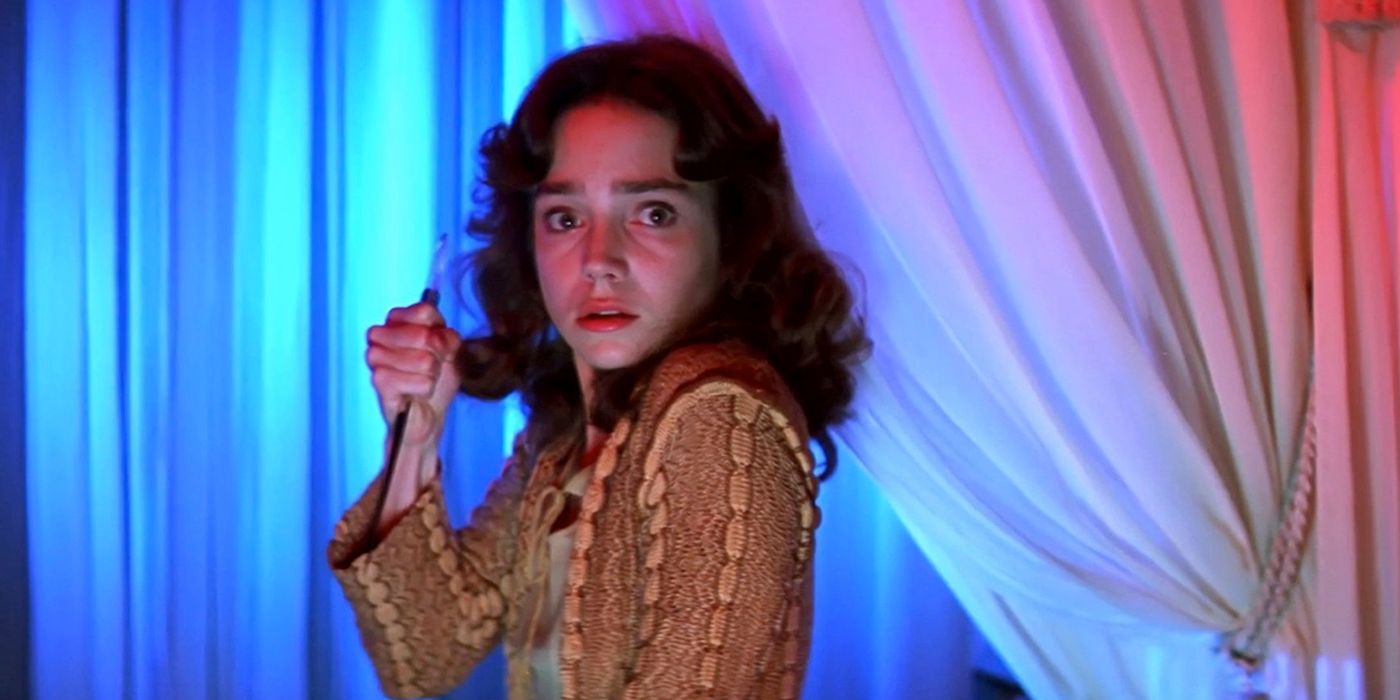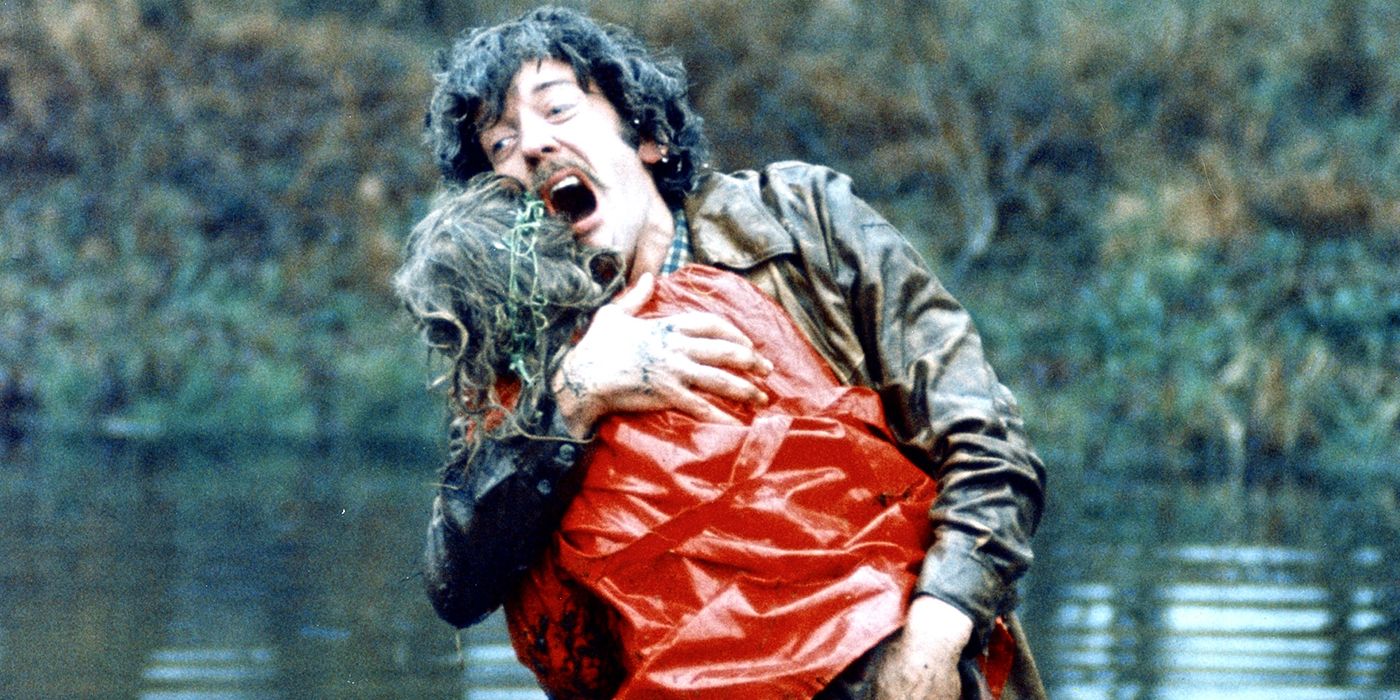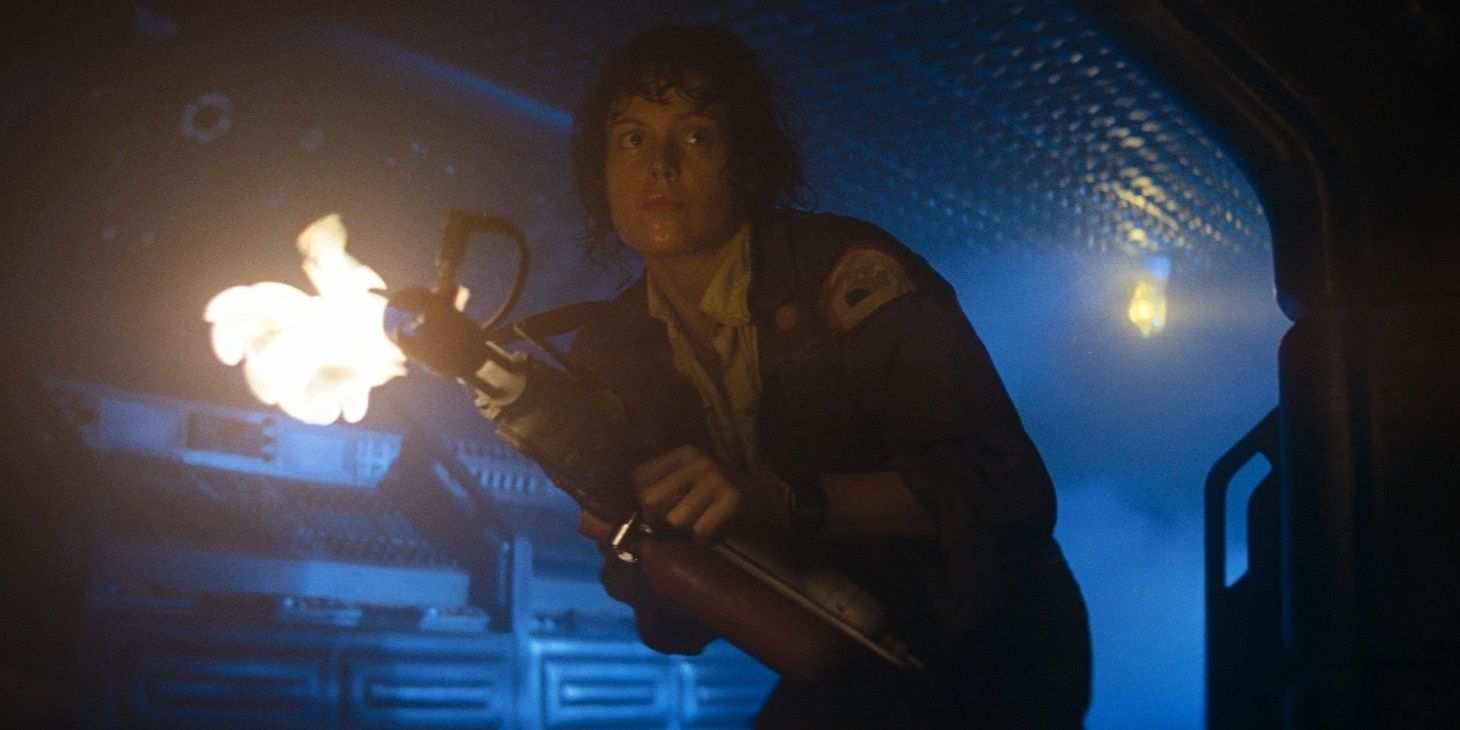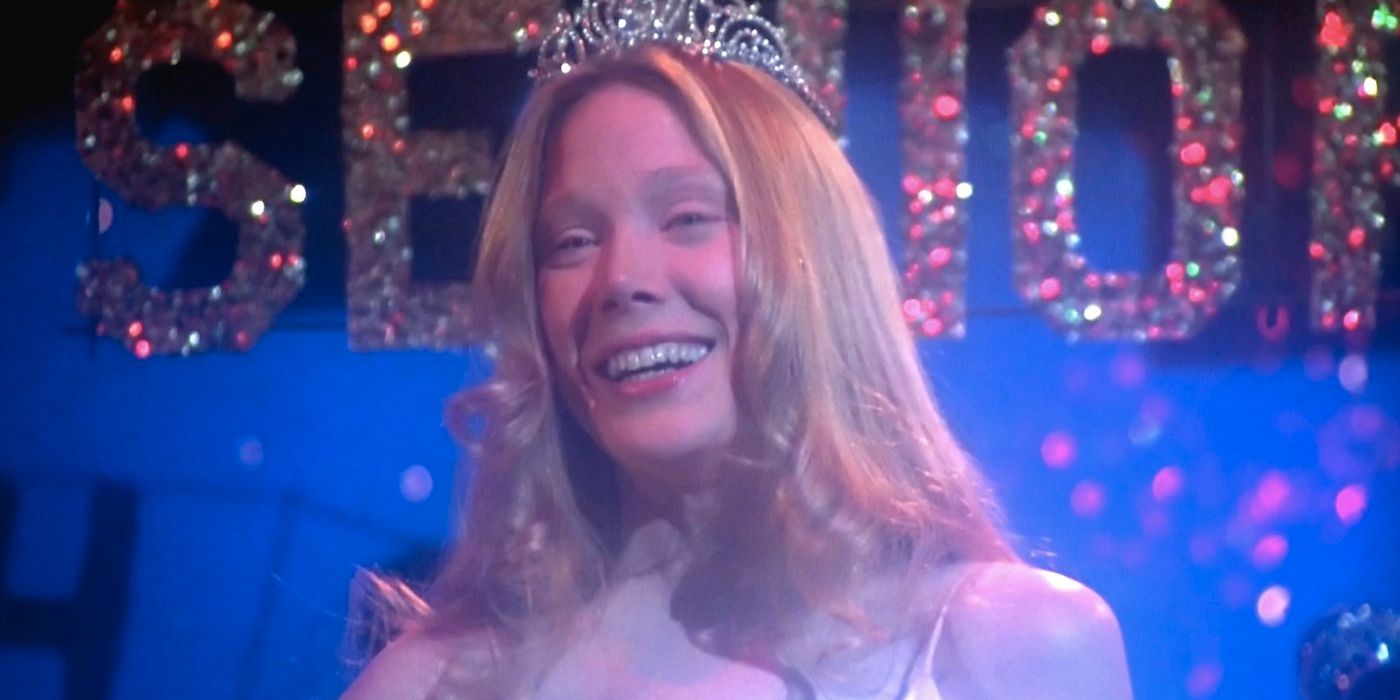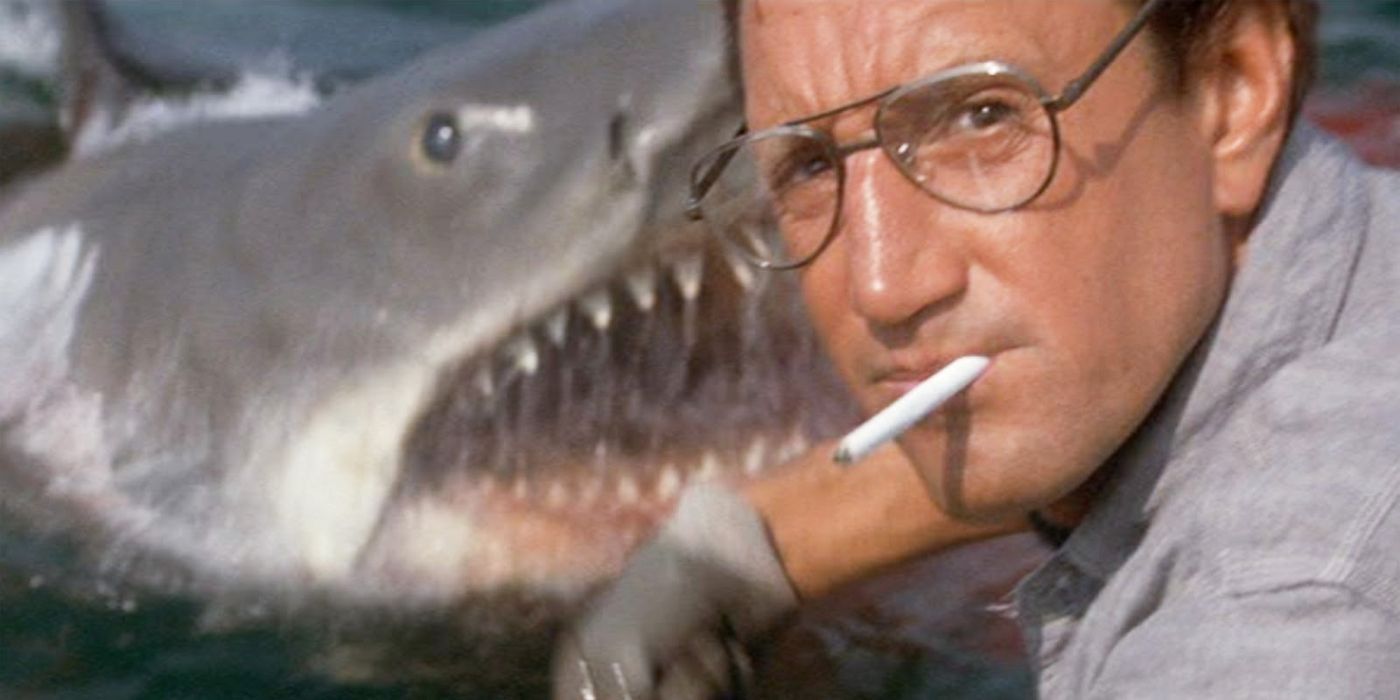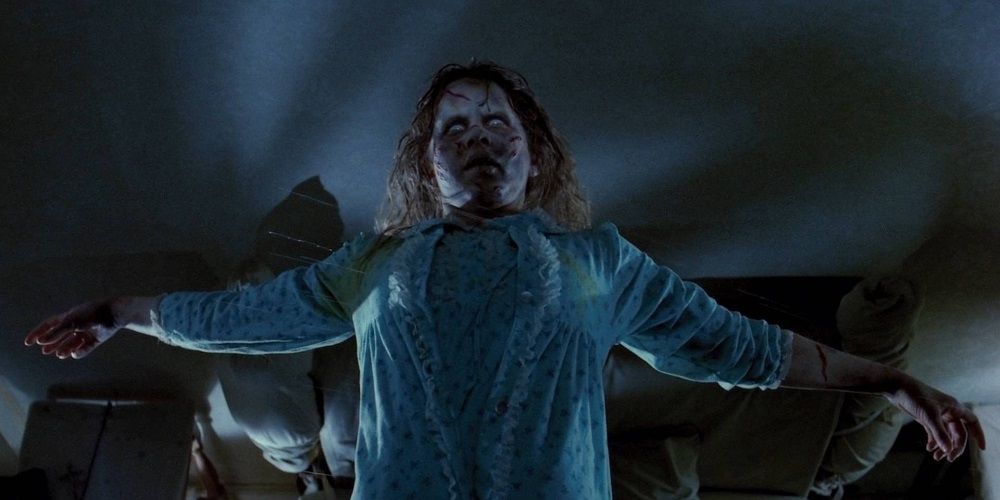The 1970s was a groundbreaking decade for horror cinema. George A. Romero’s Dawn of the Dead expanded the scope of the zombie apocalypse, Ridley Scott’s Alien was smarter than a haunted house movie in space had any right to be, and John Carpenter’s Halloween provided low-budget indie filmmakers with a template to create their own horror movie.
While plotting is usually a low priority in a horror movie, sharp storytelling can complement cinematic tension in interesting ways. They’re tough to find these days, but there were plenty of well-plotted horror movies in the ‘70s.
Halloween (1978)
Being predated by the works of Alfred Hitchcock and Mario Bava, John Carpenter’s seminal 1978 horror masterpiece Halloween technically isn’t the first slasher. But, while it didn’t create the entire subgenre, Carpenter’s script – co-written with Debra Hill – did create the template for slashers to follow.
The delightfully simplistic story of a masked killer mercilessly hunting teenagers one by one, only to be thwarted by a badass “final girl,” has since inspired legions of low-budget horror filmmakers.
The Wicker Man (1973)
The folk horror of The Wicker Man has gone on to become a subgenre of its own. Robin Hardy’s movie stars Edward Woodward as a detective who travels to an unusual island populated by a strange community to investigate the disappearance of a little girl.
From the beginning, it’s clear that something ominous is happening on this island. Hardy takes the audience through a surreal mystery plot introducing some of the island’s oddball residents on his way to a truly haunting final twist.
Dawn Of The Dead (1978)
George A. Romero’s Dawn of the Dead looks at the zombie apocalypse from his groundbreaking debut feature Night of the Living Dead on a much larger scale, showing the military response in rural areas, panic in a news station, and a city in chaos.
When the plot gets into full swing, it becomes a sharp satire of consumerism. The survivors hole up in a mall and continue to hoard money, despite its meaninglessness in a post-apocalyptic society. The finale, in which bikers break into the mall, hammers home the message that the biggest threat to humanity will always be other humans.
Black Christmas (1974)
Although Halloween is often called the first slasher, tropes like the “final girl” existed years before Carpenter’s masterpiece came along. Black Christmas sees a masked killer stalking college girls around the holiday season.
Not only is Black Christmas a taut slasher with brisk pacing and effective scares; it also has poignant social commentary, including abortion as a major plot point just one year after the landmark Roe v. Wade decision.
Suspiria (1977)
Dario Argento’s Suspiria, set at a haunted ballet school, is primarily known for its gorgeous, unnerving visuals. But those visuals are complemented by sharp storytelling.
The movie opens with a big scare, as a student flees from the school and gets gruesomely killed by demonic apparitions. Then, throughout the movie, the mysteries of the ballet school slowly begin to unravel.
Don’t Look Now (1973)
Nicolas Roeg’s seminal horror gem Don’t Look Now opens with the realization of every parent’s worst fear: losing a child. While John and Laura Baxter are idly hanging out in the house, their young daughter Christine drowns outside. Instantly, the audience is hooked by a recognizable, harrowing tragedy.
The movie gets into full swing when the Baxters travel to Venice in an attempt to curb their grief. As Laura starts performing séances to contact Christine’s spirit, the couple is plagued by ghostly visions.
Alien (1979)
Ridley Scott was expected to phone in a haunted house movie in space when he was hired to direct Alien, but he went a few steps further. The movie doesn’t rush into the terror. It takes its time introducing the characters and their mission with immersive worldbuilding and a futuristic milieu.
Throughout the second act, Scott begins to slowly unveil the threat with the facehugger, followed by the chestburster. Then, the alien suddenly grows from a baby to a full-grown adult in minutes, and the movie becomes an intense fight for survival as the Nostromo crew is picked off one by one.
Carrie (1976)
Brian De Palma faithfully adapted the economic plotting of Stephen King’s debut novel Carrie in his terrifying film adaptation. As Carrie White slowly discovers her telekinetic powers, it seems inevitable that she’ll eventually use them against her bullying classmates and her abusive, overbearing mother.
The finale at the prom pays this off in spectacular fashion. Carrie reaches her breaking point and goes on a paranormal killing spree when pig’s blood is dumped on her. The movie’s storytelling is even leaner than the book, because the book is padded out with letters and articles.
Jaws (1975)
Steven Spielberg became an A-list director and changed the face of Hollywood with his groundbreaking nautical thriller Jaws, widely considered to be the first blockbuster.
While Spielberg brings a genuinely Hitchcockian sense of tension to all the shark attack sequences, the beauty of Jaws is that it’s not really about a shark. It’s more about the dynamic between the guys than the search for the shark. The shark is just the conflict that gets three very different men stuck on a boat together in the middle of the ocean.
The Exorcist (1973)
William Friedkin’s The Exorcist is the ultimate horror movie. Friedkin paced the movie like Psycho, slowly building up to the supernatural terror. After the demonic premonition in the opening scene, there’s a sense of dread throughout the first and second acts.
As Regan gradually succumbs to her possession and the doctors can’t find anything, it becomes increasingly obvious that her mother will need to recruit a couple of priests. The movie’s breathtaking finale pays off the build-up masterfully.

